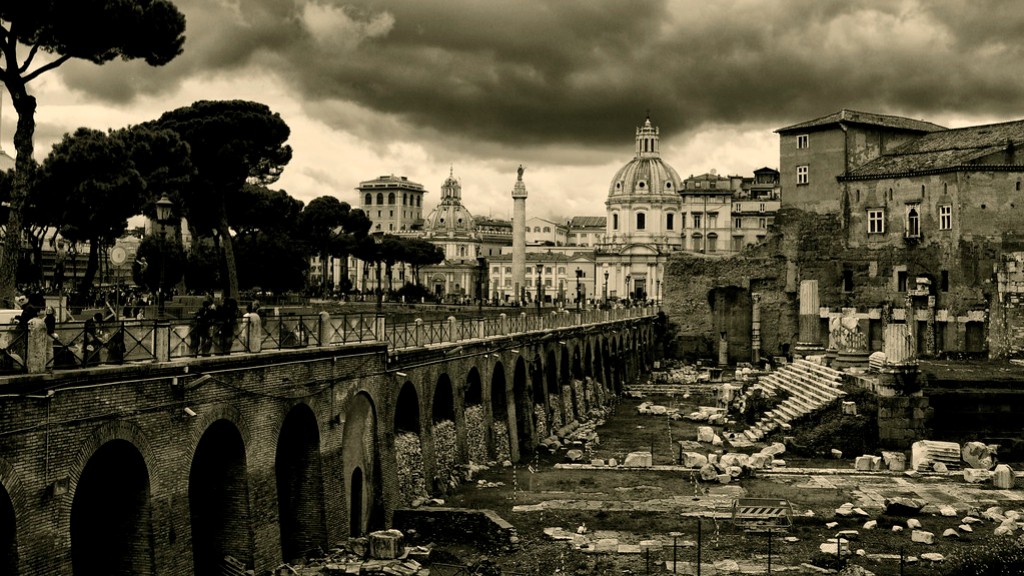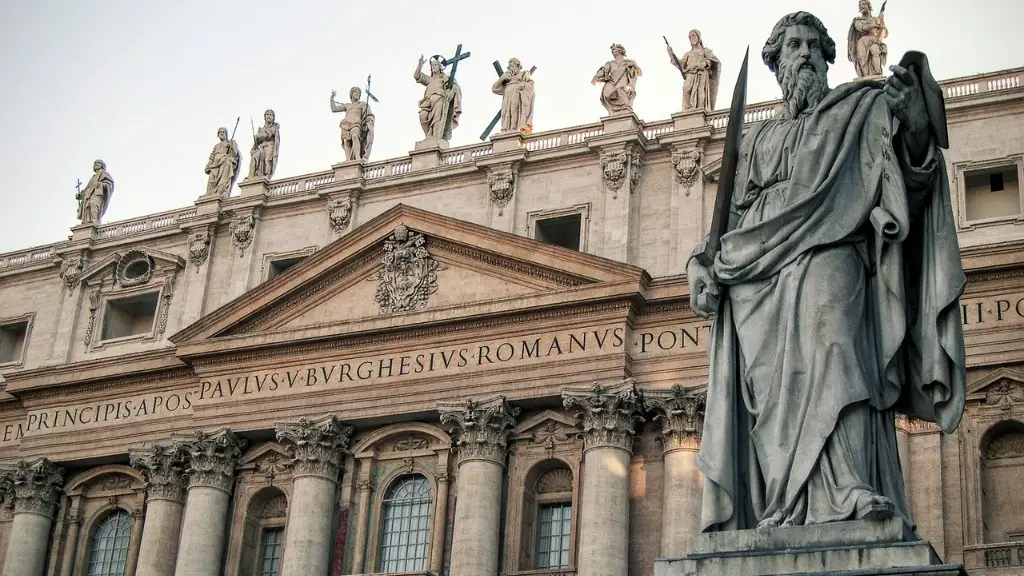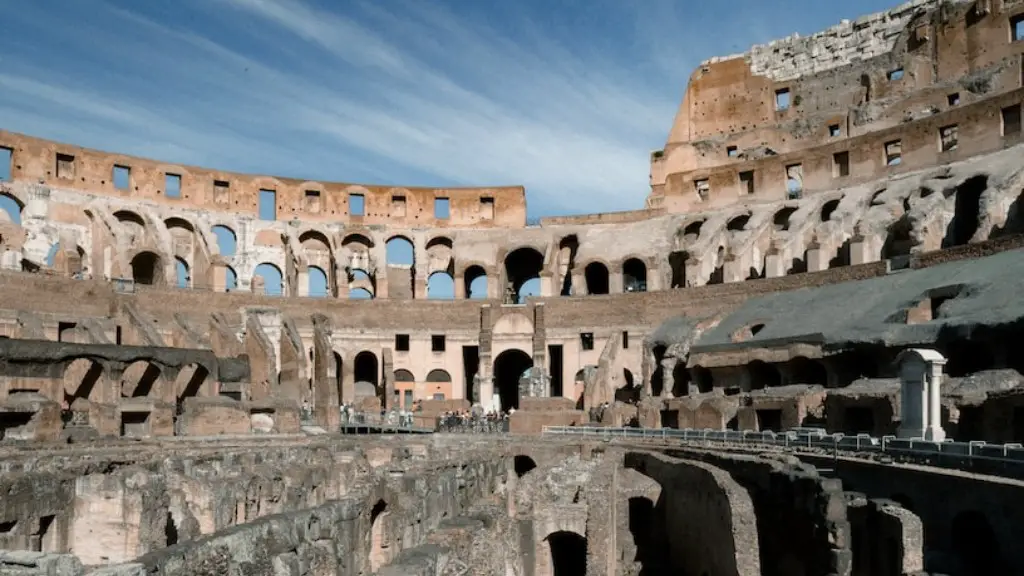A Brief Introduction to the Aedile in Ancient Rome
An aedile was an important political office in ancient Rome. Rome’s aediles were originally responsible for overseeing religious festivals and state ceremonies and for maintaining public buildings and roads. Over time, the aediles became important political figures, largely due to their extensive powers and privileges. In this article, we will explore the history, role and significance of the aedile in ancient Rome.
History and Evolution of the Aedile
The origin of the aediles can be traced to the early period of the Roman Republic. It is thought that their role was initially related to the regulation and maintenance of religious ceremonies. However, over time they developed into important political figures. In the early period of the Roman Republic, the aediles were elected by the Assembly of Tribes, while during the later period they were elected by the Centuriate Assembly. There were two forms of aediles, the curule aediles, who belonged to the patrician class, and the plebeian aediles, who belonged to the plebeian class. Both types of aedile had similar powers and duties.
Role and Powers of the Aedile
The primary responsibility of the aediles was to ensure that religious festivals and state ceremonies were conducted in accordance with the laws and customs of Rome. They were also responsible for ensuring that public buildings and roads were maintained in good condition. In addition, they were also responsible for enforcing price regulations, and for punishing those who disobeyed the law. Aediles were also sometimes given military authority, and were responsible for procuring provisions for the army. In addition, they had the power to offer rewards to loyal citizens and to punish criminals.
Significance of the Aedile
The aediles were an important feature of the Roman political system, as they were responsible for maintaining order and enforcing the law. They were also patrons of public works projects, such as the building of temples and aqueducts, and they often negotiated deals with traders and merchants to bring goods to Rome. Furthermore, they were responsible for providing entertainment to the citizens of Rome, such as chariot races and theatrical performances. In addition, the aediles could influence the political climate of Rome by offering rewards to loyal citizens or punishing those who disobeyed the law.
Relationship between the Aediles and Other Magistrates
The aediles were subordinate to other officials in the Roman Republic, such as the consuls and the praetors. They were also subordinate to the Senate, which held the ultimate authority in Roman politics. The aediles had no judicial powers, as this was the responsibility of other magistrates. However, the aediles could issue summonses, conduct investigations and advise the Senate on matters pertaining to public order.
Conclusion
The aediles were an important part of the political structure of ancient Rome. They were responsible for maintaining order, enforcing the law and providing entertainment to the citizens of Rome. Furthermore, they had the power to influence public policy through the awarding of rewards and punishments, and they were often involved in public works projects. Finally, they were subordinate to other magistrates and the Senate, and had no judicial powers.
The Aedile’s relationship with Other Public Officials
The aediles worked closely with other public officials in Rome. They cooperated with civilian magistrates on issues related to public order, such as the enforcement of laws, collecting taxes and organizing public festivals. They also worked closely with the praetors and quaestors on issues related to the Roman legal system. Finally, the aediles had a working relationship with the Senate, as they received orders from and reported to the Senate on a regular basis.
The Aedile’s Role in Roman Political Life
Throughout the history of the Roman Republic, the aediles played an important role in political life. They were responsible for ensuring that public order was maintained, and for negotiating deals with merchants and traders. Aediles were also patrons of public works projects, and could influence public policy by offering rewards to loyal citizens or punishing those who disobeyed the law. Furthermore, they were often involved in negotiations between the Senate and other magistrates, and were responsible for organizing public ceremonies and festivals.
The Aedile’s Social Position in Ancient Rome
The aediles held a position of immense social prestige in ancient Rome. Although they were part of the lower class of citizens, they were still respected and admired by their fellow citizens. Furthermore, they had unrivalled access to the resources of the state, as they had the power to command vast wealth and property. Aediles had the power to patronize public works projects, and to organize festivals and ceremonies. Finally, they could also reward those who fulfilled their obligations to the state.
Legacy of the Aediles
The legacy of the aediles in ancient Rome still resonates today. The concept of public administration, which was first developed by the aediles, is still in use today in many countries. Furthermore, the idea of cooperation between the state and merchants, which was pioneered by the aediles, is still seen in many countries. Finally, the idea of rewarding citizens for their loyalty and punishing those who disobey the law is still seen in many countries today.


